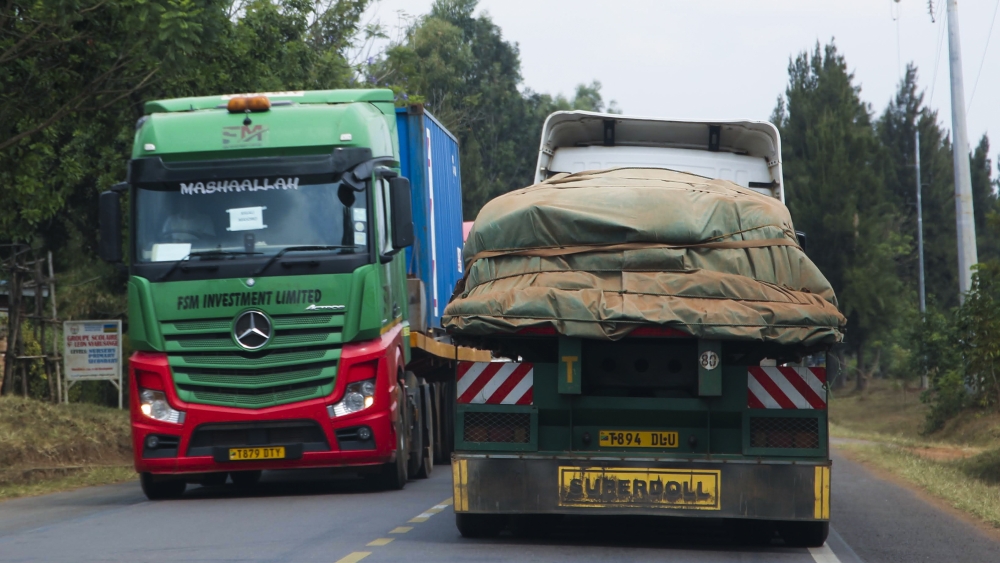

Experts say that Rwanda should invest more in the services sector to increase foreign capital inflows and put more efforts in export diversification in order to reduce the country's trade deficit.
The latest data from the National Institute of Statistics of Rwanda (NISR) shows that Rwanda's trade deficit widened by 30.9 per cent year-on-year, reaching $411.6 million in June this year from $314.5 million in June 2023.
On a month-by-month basis, the trade gap increased by 13.7 per cent from $362 million in May to the current $411.6 million.
According to Teddy Kaberuka, partner at Centrix Group, Rwanda's growing trade deficit is largely due to investments in developmental projects.
"Rwanda is in a developmental phase and is investing heavily in infrastructure development, which means the country is importing a lot of construction material, machines and other necessary equipment. This will obviously increase the import bill, while the country's export capacity is still low," he told The New Times.
Infrastructure and food are the major items that have continuously driven deficit up. The share of machinery and transport was the highest, accounting for almost 20 per cent of the total import bill, the report showed.
"This means there are still heavy machinery imports for construction of infrastructure projects,” said Kevin Karobia, senior investment analyst at BK Capita.
Food and animal products is another item that pushed the import bill up, growing by 4 percentage points in the period under review.
ALSO READ: Why Rwanda&039;s trade deficit increased in 2022
What more to do
Economists say that trade deficits are not inherently bad for economies, especially if productive investments are made that will result in future growth.
Rwanda has been investing heavily in infrastructure, with almost a tenth of the country's annual budget committed to infrastructure development including housing, water and sanitation, electricity generation as well as transport infrastructure.
Developments in manufacturing have also seen an increase in importation of capital goods.
Rwanda’s trade deficit has also been attributed to an inflated import bill, following depreciation of the Rwandan franc against the US dollar and other major currencies.
"Knowing that the dollar has been strong in 2024, the import bill has generally been inflated if you compare it to this time last year and this has pushed the trade deficit up,” Karobia said.
According to the National Bank of Rwanda (NBR), the Rwandan franc depreciated by 9.3 per cent year-on-year against a weighted average of the currencies of its main trading partners as of the end of March 2024, compared to a 2.3 percent depreciation recorded in March 2023.
To reduce Rwanda's trade deficit, Kaberuka said that the country should diversify its export offerings.
"Rwanda should diversify and go beyond the traditional exports such as tea, coffee and horticultural products. Beyond agricultural commodities, the country should consider human capital exports and services in general," he said.
For Karobia, increasing the share of agriculture to the gross domestic product (GDP) should be a priority. "Improving local production especially for food will help the country stay away from imported inflation that contribute highest to the trade deficit.”


